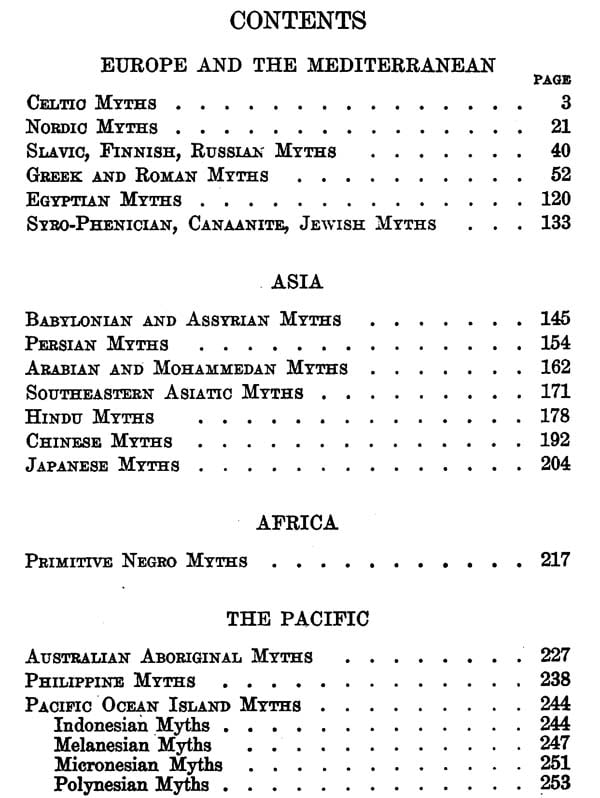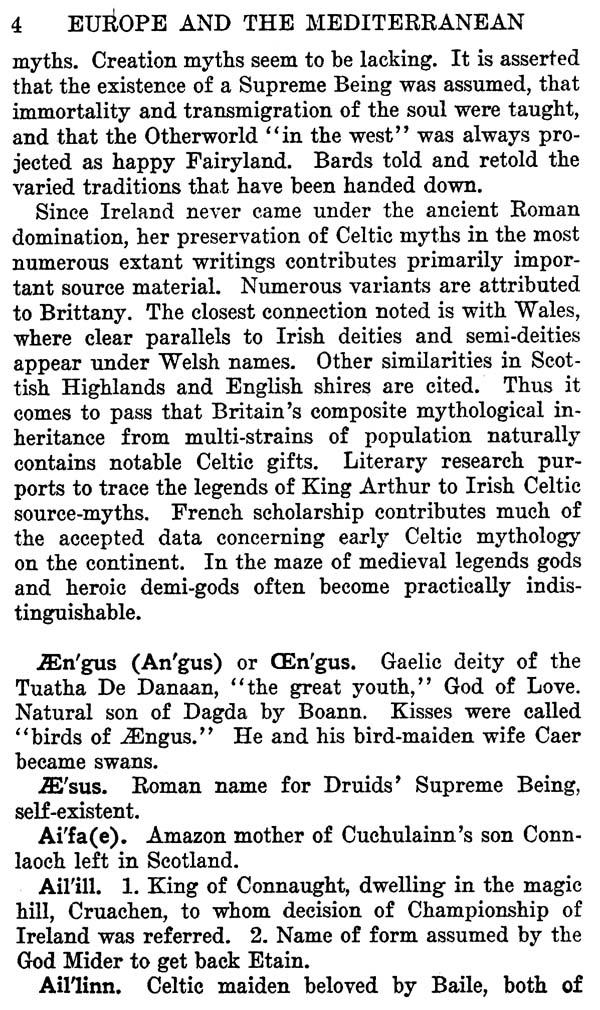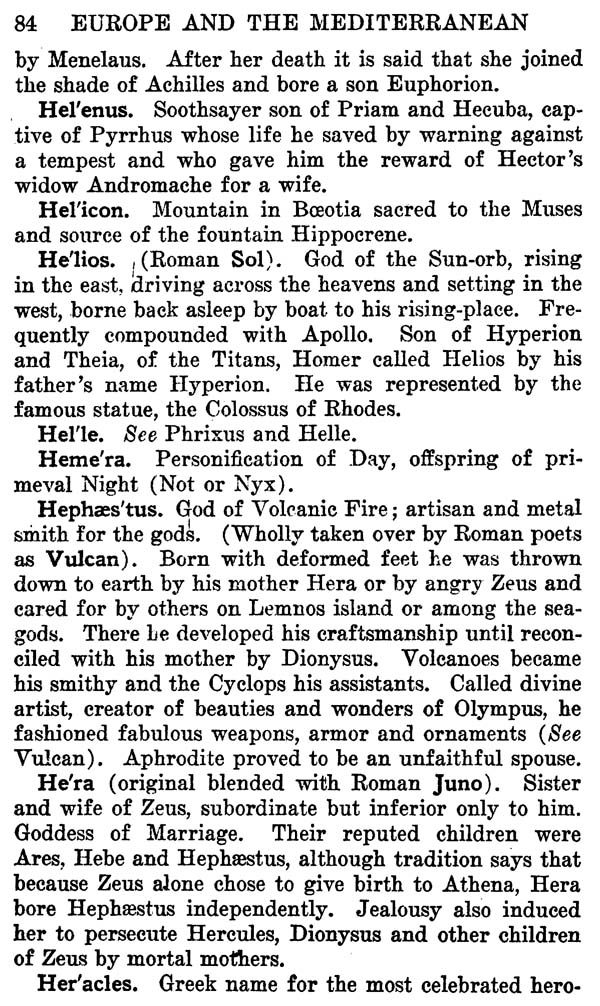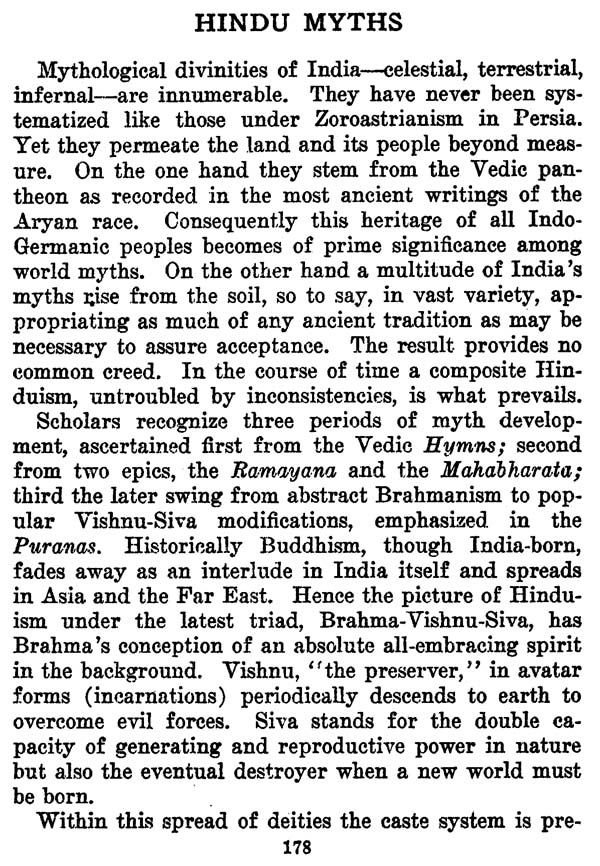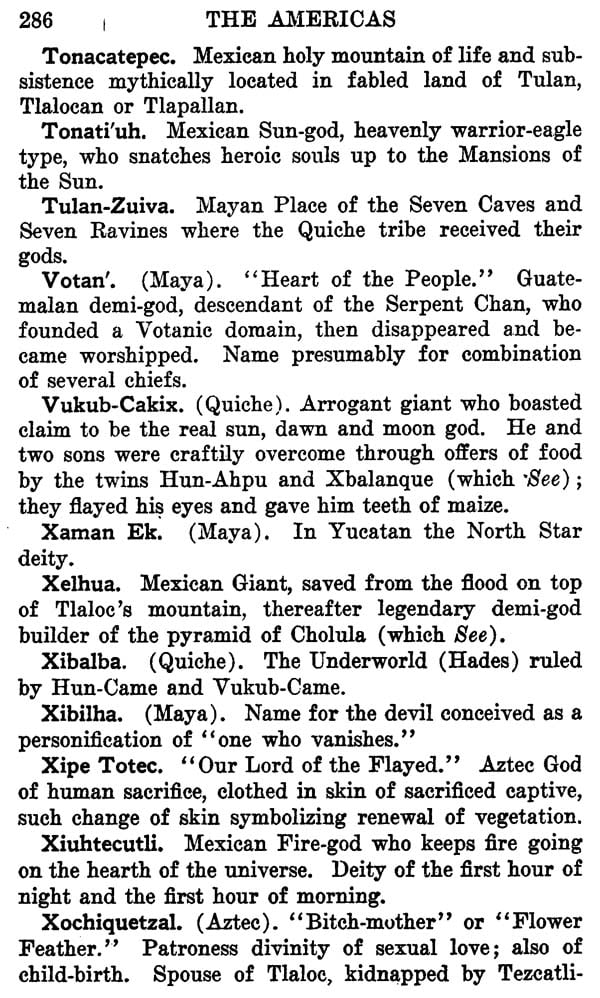
The World of Myths (A Dictionary of Mythology)
Book Specification
| Item Code: | NAV294 |
| Author: | Frank C. Bray |
| Publisher: | Cosmo Publications, New Delhi |
| Language: | English |
| Edition: | 2006 |
| ISBN: | 8130703513 |
| Pages: | 336 |
| Cover: | Hardcover |
| Other Details | 8.50 X 5.50 inch |
| Weight | 440 gm |
Book Description
This book is the result of present-day flight into the Mythosphere which envelops the globe. Evidently from time immemorial the atmosphere all men breathe has contained Myth-toxin which gets into the blood of the "primitives" and the "civilized." It stirs intuitions, stimulates imagination, creates beliefs in the supernatural which W. e call mythology. Exploration of that universal realm of ideas should increase under-standing human contact. For today aviation and radio, topping other modern means of communication, make our world ever so much smaller than it used to be.
Personal curiosity, piqued by current events, urged this book-venture. Americans are setting up landing and wireless stations on "South Sea" tribal islands of the Pacific for airway-service to the Philippines, China and Japan. Industrialized Japan has an adored Emperor, "Son of Heaven," heading the militant nationalistic religion. Sovietism in Russia appears to be making a demi-god of Lenin. Does a Mussolini reincarnate the spirit of the Roman Mars in seeking Italy's share of native Africa which other European Powers have divided up ? Is a Hitler inheriting the role of Woden in reviving "Nordic" faith rites on Germany's mountain tops? Do massed open-air Easter sunrise services throughout the United States incorporate the aboriginal American Indian's "etheric spiritual consciousness" How much truth is there in assertions that all so-called civilized nations are reverting to paganism in aftermath of their unprecedented World War ? At least this venturesome book will indicate how far back high civilization must go to become truly pagan.
The publishers have been in receipt of numerous inquiries for a handy dictionary or single book covering mythology in all nations. The answer had to be that such a book was not published-yet. Moreover, in a mere dictionary, howsoever large or small, one finds de-sired information only if and when he knows the name-word to look for. It is fairly safe to say that, except for Jupiter and Juno, perhaps Mars and Venus and some of their associate classical gods and goddesses, American acquaintance with names in all-world mythology is none too extensive. Great libraries contain many-volumed sets of scholarly books on mythology and scores of valuable volumes by specialists concerned with particular nations and cults. Shelves carry scores of volumes devoted to research in philology, anthropology, ethnology, archaeology, etc., which deal with aspects of mythology. But people in general do not take time or the opportunity to read them.
Editorial friends advised that a readable round-the-I world survey of myths was a good idea for a book needed today. They believed it might be welcomed by school and out-of-school people who "want-to-know" some-thing of who's who and what's what in all-world mythology. To survey myths in a dictionary-plane seemed like a hazardous editorial feat. They virtually dared me to try it. Well, here it is, in the form of story-chapters and dictionary combined.
The sizeable book presents in succession a series of bird's-eye views of outstanding mythological characters and legends in all regions around our globe. Each geo-graphical section contains an explanatory introduction to the chapter's mythological exhibit alphabetically arranged. The index at the end of the book completes the dictionary reference service.
Months ago, all count was lost of the number of volumes and articles by specialists which have been consulted in preparing this digest. It is not written for specialists who argue with other specialists. Yet no statement or myth-version in this composite rendition lacks reputable authority. Space limitations have compelled a severely condensed style of definitions. The objective has been the production of a panoramic word-film, necessarily limited to "high-spotting" along the trail of mankind's beliefs.
One returns from an excursion into the Mythosphere seriously impressed by its thorough saturation with the hopes and the fears of all human kind. Some observers see in mythology "the idea of God expressed in symbols, figure and narrative, always struggling toward clearer utterance." Others note chiefly the devious ways of myth-gods and goddesses "with each other and with mortals." Another picks out God as "simply an idea." To another, mythology consists of "stories regarded as sacred that form an integral and active part of a culture." Listen to a "wild tribe" primitive: "There are good and evil superhuman powers-good East, Day : evil West, Night. Good powers, fewer and less active, headed by the Ancient of Heaven, don't need much attention. But Evil powers are numerous and active-turn them when we can, placate them when we must!" Paganism indeed!
This collection of myths may strengthen the belief that our civilization has some distance to go before it completely reverts to stark paganism. On the other hand, the man's constant need for more of purifying religious belief and practice becomes equally apparent, if with the world "the best is yet to be."
More news of the day: We read that the United States Supreme Court justices in their $11,000,000 new palace at the National Capital will sit directly facing a magnificent frieze portraying the Classical myth-figure of Justice, flanked by Truth and Wisdom, with opposing powers of Good and Evil on either side. Press des-patches describe persistent turmoil, particularly in Ger-many and Mexico, due to alleged persecution of the churches; Mexico City stages a pageant of old Aztec sun-worship to entertain an international convention of Lions Clubs. In Naples, the citizens hail the recurring miracle of St. Januarius-rapid liquefaction of blood of the saint in cathedral and sanctuary-as a good omen for Italy at this national crisis. Over in Tibet, the Dalai Lama is dead, and the ceremonial search for a baby Lama successor begins.
Thus myth and fact continue to mingle as they have done ever since tradition and history began. Truly has it been said that the past may be forgotten but it is still with us. Hence the pertinence of knowing somewhat of all-world mythology. How shall we throw stones at the "myth-making stage of intellect" prevailing in primitive tribes, when our 20th Century nations still bow down to War as the chief god of civilization !
Myths included in chapters of this book exhibit a great variety of picturesque details. Yet a look beneath superficial differences discloses amazing similarities in essentials of belief by which mankind lives and dies. Compare, for example, the myths of all peoples regarding Otherworld’s-both Upper and Lower. Perhaps the most surprising similarity, among many which the reader will discern, appears in Scandinavian, Arabian, Asiatic and American Indian mythical visions of a re-generated human world.
I confess that my own adventurous flight through the World of Myths has been most fascinating, and has broadened my personal appreciation of the everlasting struggle of man toward the Light. I hope these pages may transmit some similar useful experience to the reader.
**Contents and Sample Pages**
